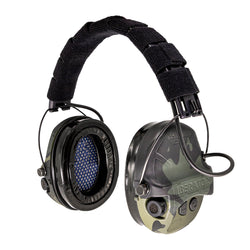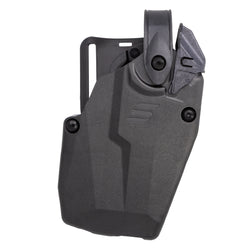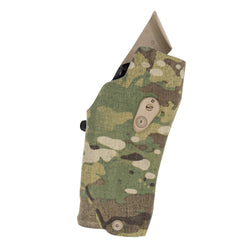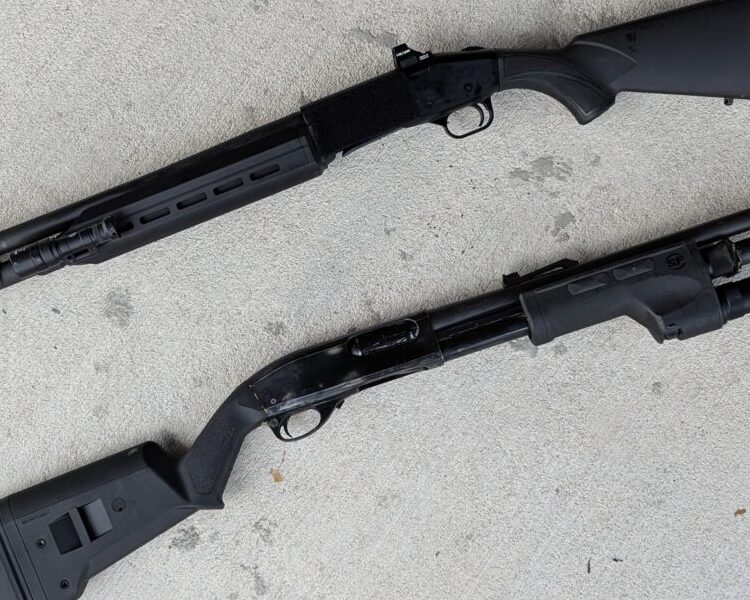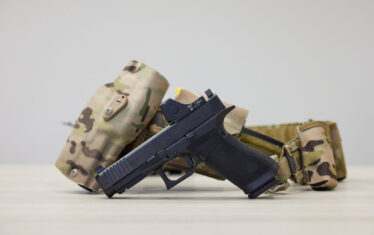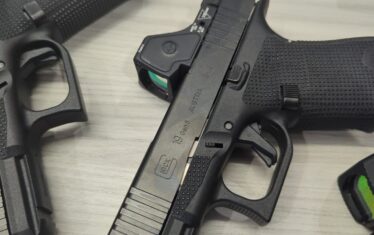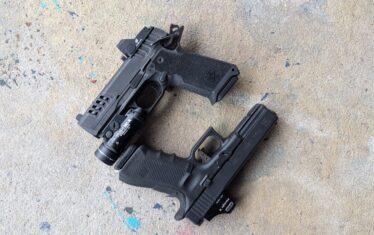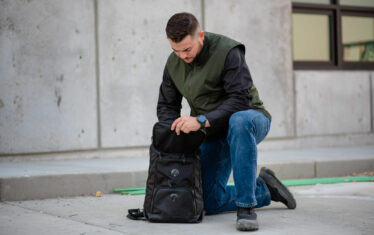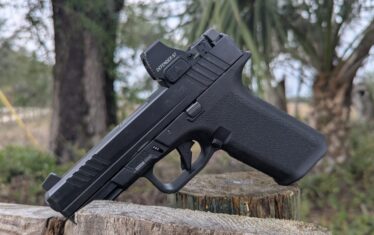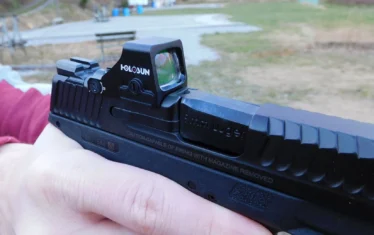We are in the age of the AR-15. The lightweight, intermediate carbine has become the go-to rifle for most police work. But is the age of the patrol shotgun over? I don’t think so.
The shotgun remains a highly capable tool for police use — powerful, versatile, and adaptable to a wide range of situations.
The Modern Patrol Shotgun
In the old days, the patrol shotgun would be a pump-action gun, with the most common models being the Remington 870, the Ithaca 37, and various flavors of the Mossberg 500/590 series. Those are all fantastic guns and could make excellent patrol shotguns.
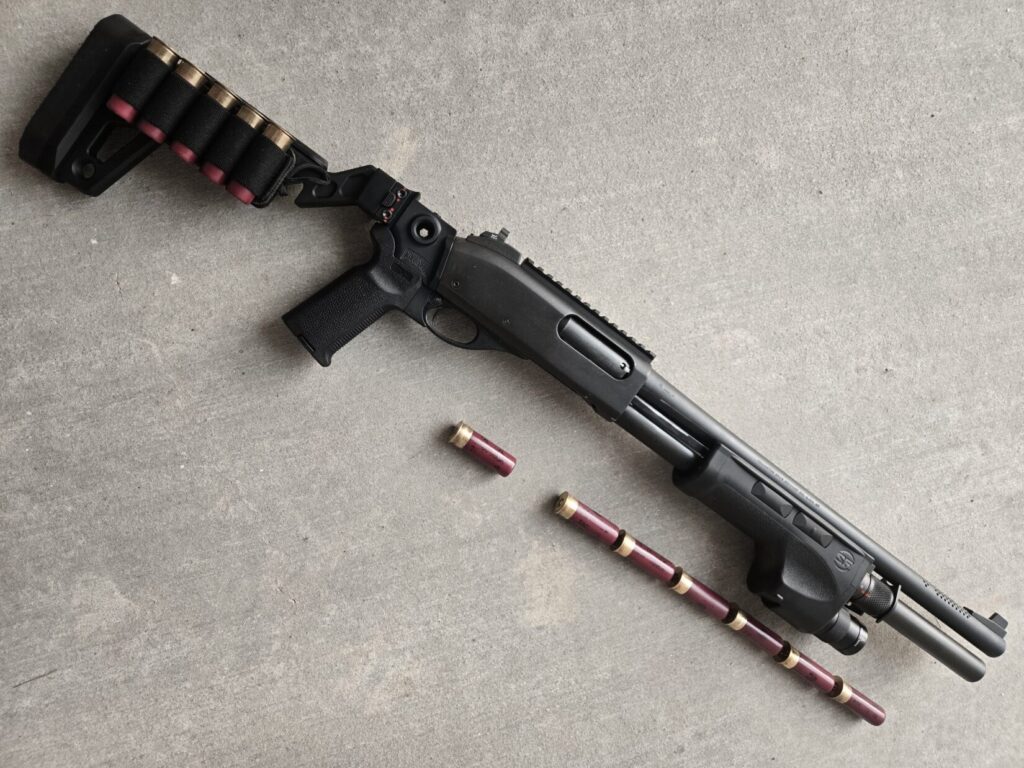
However, we live in an era of the semi-automatic shotgun, and for police work, the advantages over pump-action models are hard to ignore.
The first advantage of a semi-automatic shotgun is the semi-automatic action. There is no need to work a pump between shots. This makes it faster to shoot, but more importantly, it makes it easier to shoot, especially under pressure.
Semi-automatic shotguns also have less recoil than pump-action designs. The gun’s action absorbs some of that recoil, especially with gas-operated guns. In a pinch, they can be handled with a single hand, and while not optimal, it’s an advantage over the pump shotgun.
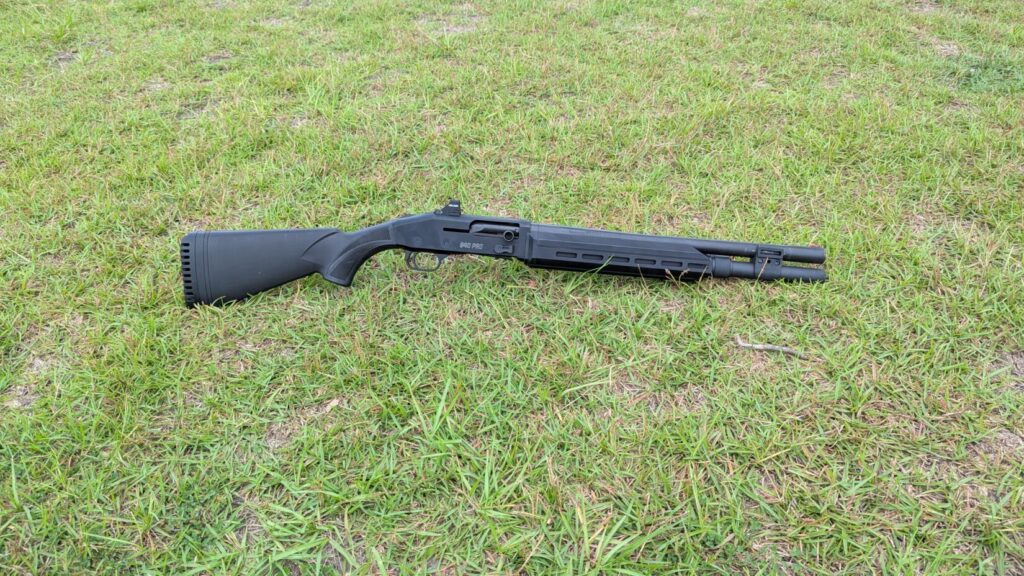
The lack of a pump also makes it much easier to mount and operate accessories.
The trade-offs? Cost and maintenance. A good semi-automatic shotgun will be an expensive option. They are also more maintenance-heavy than pump-action shotguns. They need to be cleaned well and can’t be left to gather dirt and debris in a squad car without some occasional cleaning.
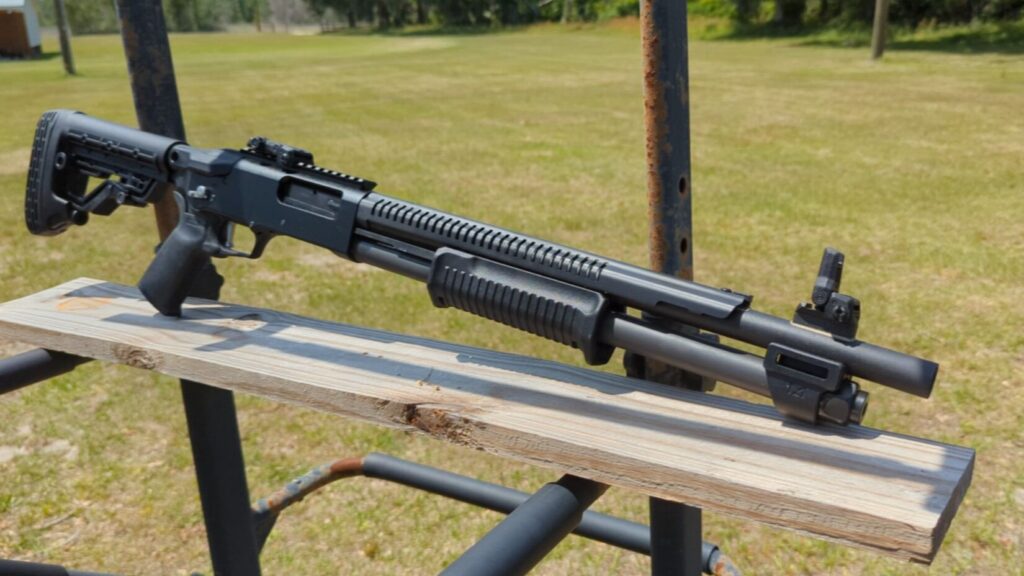
Besides being semi-automatic, the shotgun shouldn’t be treated with a Luddite attitude. Much like a patrol rifle, it can benefit immensely from a red dot style optic. Like any duty gun, it needs a light for positive identification purposes.
Pair it with ammo like Federal Flitecontrol 8-pellet buckshot and reduced-recoil slugs, and you have a very capable shotgun.
Strengths of the Patrol Shotgun
A patrol shotgun is incredibly versatile — equally effective against human threats and large animals. For rural officers, the shotgun can be capable for bear defense and deals well with large animals like elk easily.
The power of a shotgun cannot be ignored. It can hit a threat with eight to nine pellets per trigger pull. The use of multiple pellets per trigger pull does give you some forgiveness for marksmanship issues.

You still have to aim. However, should you flinch, have poor sight alignment, or any other minor marksmanship issue, you still have an excellent chance of ending the threat. The multiple wound channels created by spreading pellets increase the chances of striking something vital.
Swapping Ammo
The shotgun can also fire slugs, which are large, heavy, solid projectiles that increase the shotgun’s range while also providing devastating power on target. An officer skilled with a shotgun can swap munitions on the fly and deal with threats at a variety of ranges.
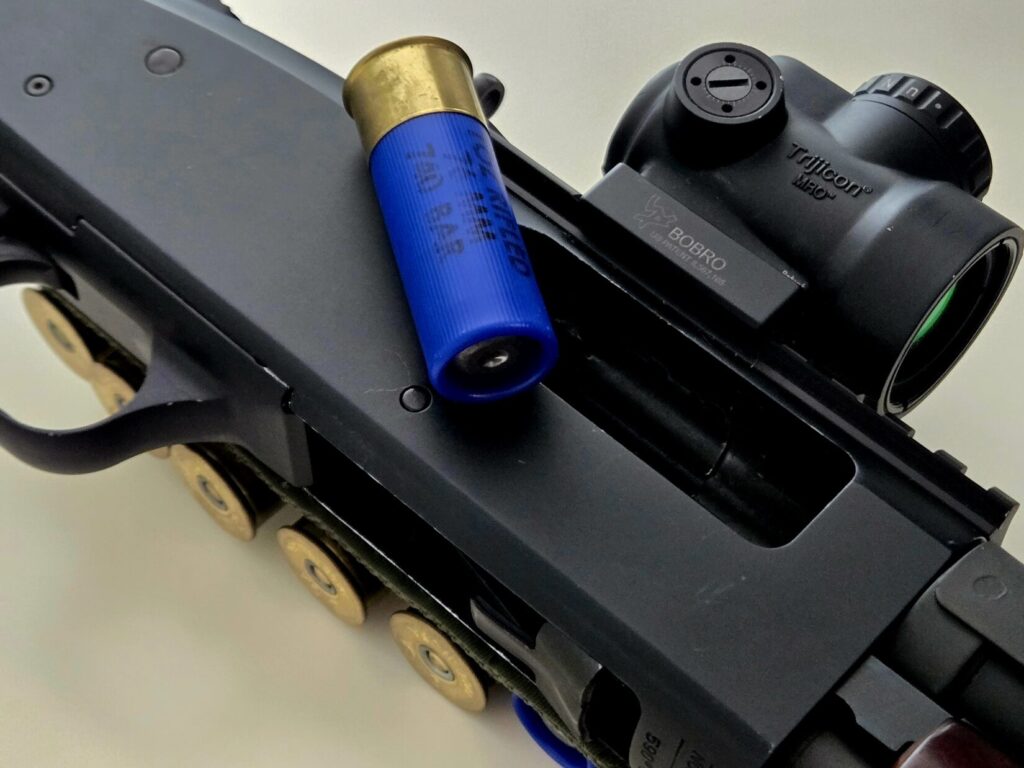
At close range, the shotgun dominates. Designed for handgun distances, it can quickly stop threats, swing rapidly onto target, and allow for target-focused shooting where perfect sight alignment is less critical. This often translates to faster follow-up shots and quicker threat resolution.
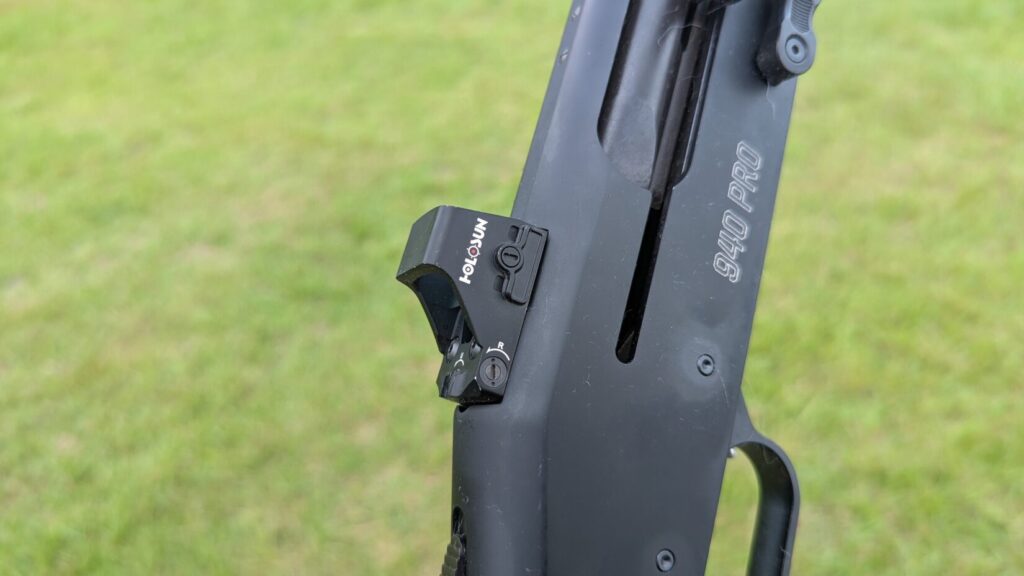
Greg Ellifritz examined shootings and compiled data regarding calibers and one-shot stops. Consistently, the shotgun proved to be the most dominant platform for one-shot stops. From the data Greg gathered, shotguns have a one-shot stop rate of over 80%.
One of the shotgun’s downsides is also a strength. The projectiles lose speed quickly, which limits their effectiveness at range. This can help limit their penetration in a situation where a round misses. Additionally, shotgun pellets rarely overpenetrate a target.
Downsides of the Shotgun
There is no free lunch when it comes to the patrol shotgun. The main downside of shotguns is recoil. Shotguns recoil more than 5.56 rifles, which makes them tougher to handle.
Using semi-automatic shotguns and reduced-recoil ammo can help, but this will come down to proper recoil mitigation techniques. This means more training, which can be tough for police forces to spare.
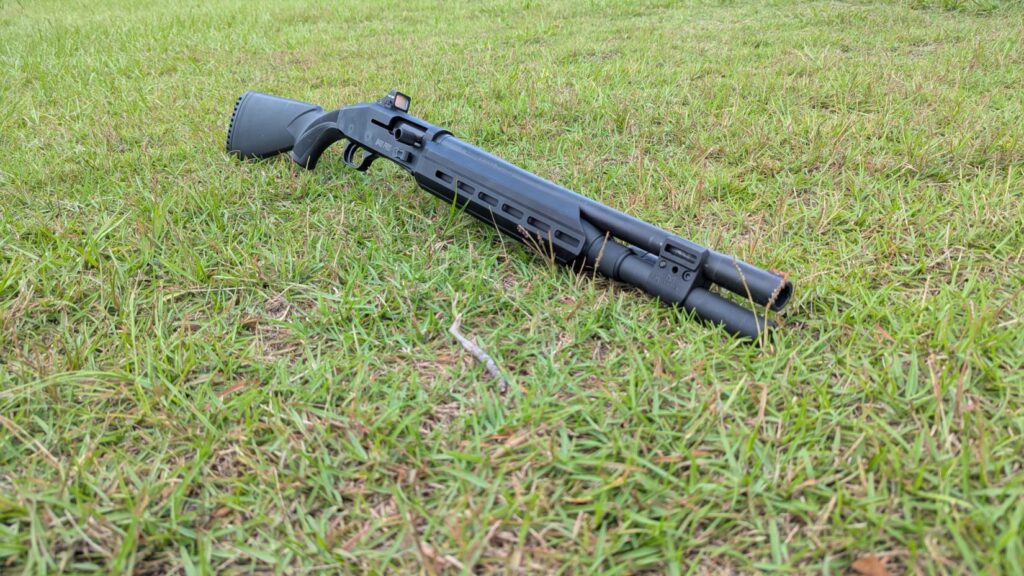
Shotguns don’t offer the same range as a patrol rifle. Federal Flitecontrol buckshot is the tightest patterning buckshot on the market, and at 50 yards, it’s challenged. Slugs can take you to 100 yards, but even that requires a skilled and experienced shooter.
Shotguns are often heavier and longer than rifles. A police department would have to be quite knowledgeable in shotgun selection to find a model that would fit everyone, or one that can be adjusted, whereas every modern 5.56 rifle has an adjustable stock.
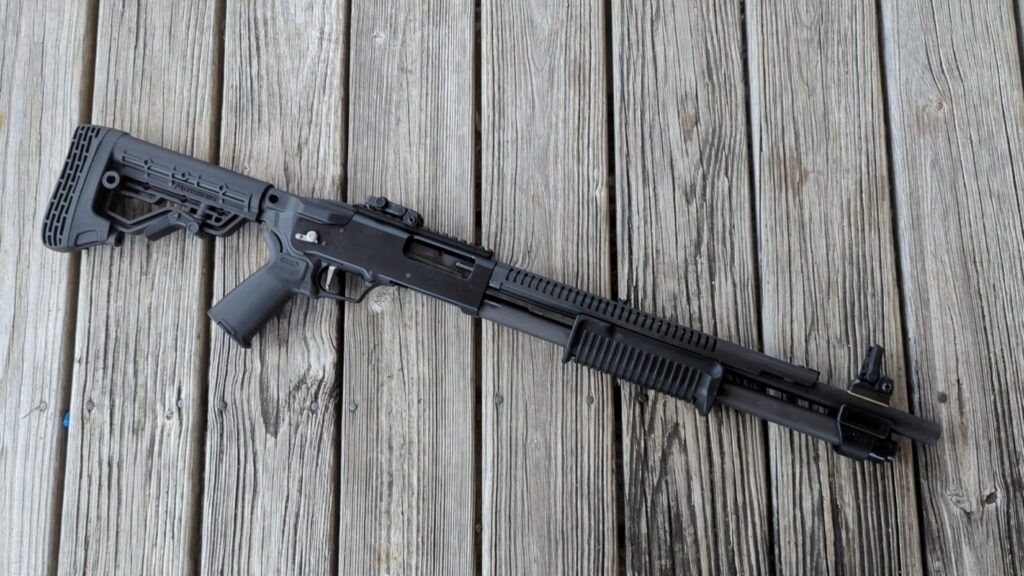
Shotguns don’t have a universal manual of arms. They can vary a bit, and some training from one platform might not translate to another platform.
I’ve seen a fairly frightening video where an officer seemed to forget to press the carrier stop button to get a shell on the lifter. He racked the charging handle over and over, and nothing happened. That shell-dropping design is very European and not found on American semi-automatic shotguns.
What’s Not a Downside
A lot of people will claim the shotgun’s capacity, which can range from four to eight rounds, is a downside. I don’t see it that way. Low capacity means it doesn’t hold enough rounds to get the job done. That’s simply not true.
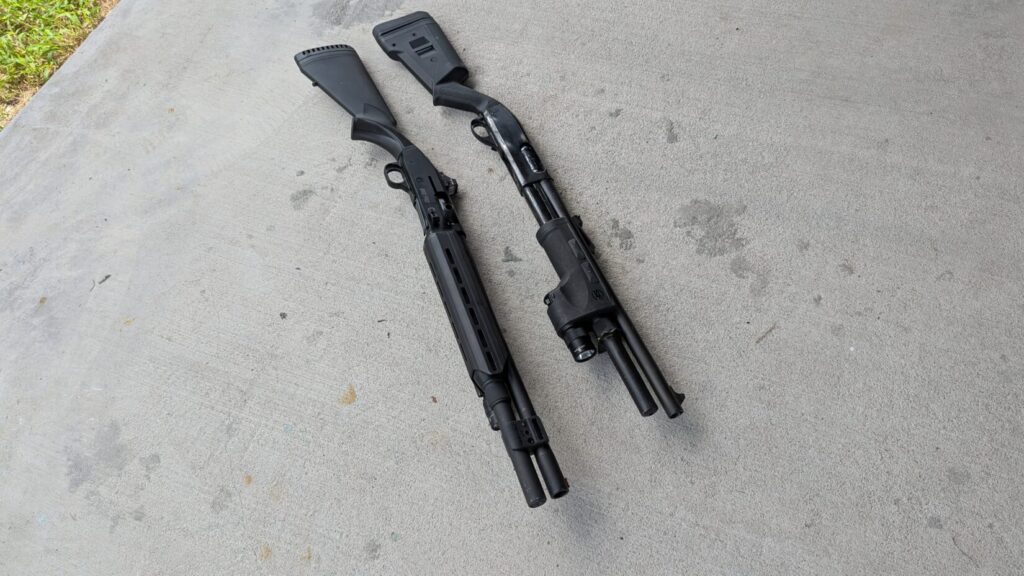
As a shoulder-fired, short-range gun that fires a devastating round, you aren’t likely to use more than one to two rounds. Finding examples of officers shooting patrol shotguns empty is rare and tends to be reserved for extreme situations, like the North Hollywood shootout.
Shooting the Shot
The patrol shotgun is an excellent tool. It’s a capable and powerful firearm that’s versatile and well-suited to various scenarios. The patrol shotgun shouldn’t be overlooked, even in the age of the AR-15.


